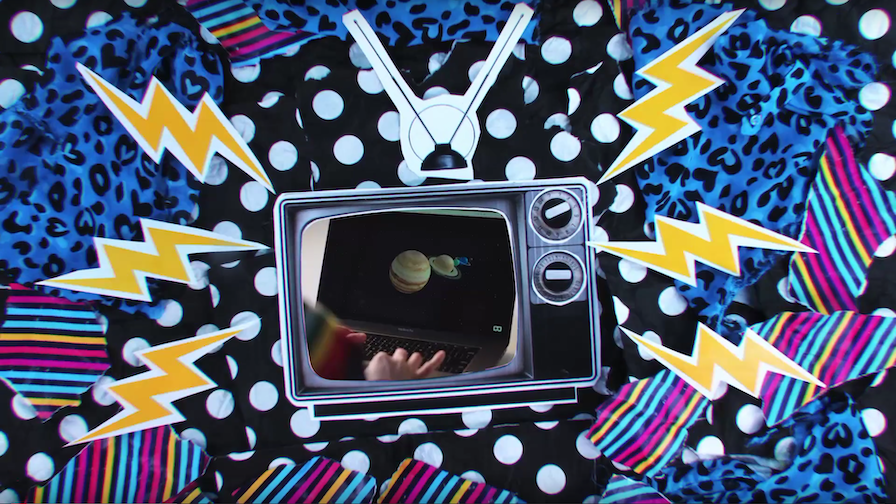Here at Mozilla, we are big fans of Glitch. In early 2017 we made the decision to host our A-Frame content on their platform. The decision was easy. Glitch makes it easy to explore, and remix live code examples for WebVR.
We also love the people behind Glitch. They have created a culture and a community that is kind, encouraging, and champions creativity. We share their vision for a web that is creative, personal, and human. The ability to deliver immersive experiences through the browser opens a whole new avenue for creativity. It allows us to move beyond screens, and keyboards. It is exciting, and new, and sometimes a bit weird (but in a good way).
Building a virtual reality experience may seem daunting, but it really isn’t. WebVR and frameworks like A-Frame make it really easy to get started. This is why we worked with Glitch to create a WebVR starter kit. It is a free, 5-part video course with interactive code examples that will teach you the fundamentals of WebVR using A-Frame. Our hope is that this starter kit will encourage anyone who has been on the fence about creating virtual reality experiences to dive in and get started.
Check out part one of the five-part series below. If you want more, I’d encourage you to check out the full starter kit here, or use the link at the bottom of this post.
In the Glitch viewer embedded below, you can see how to make a WebVR planetarium in just a few easy-to-follow steps. You learn interactively (and painlessly) by editing and remixing the working code in the viewer:
Ready to keep going? Click below to view the full series on Glitch.
About Dan Brown
Creator, developer, strategist, homebrewer, runner, sock enthusiast, beard evangelist, writer, drummer, adventurer, Oxford comma advocate, and human Swiss Army Knife.


